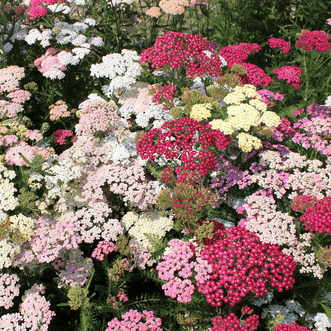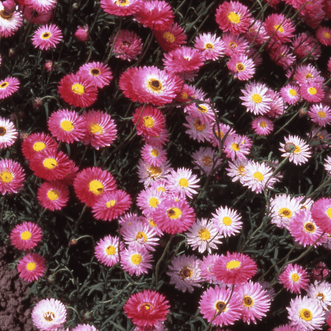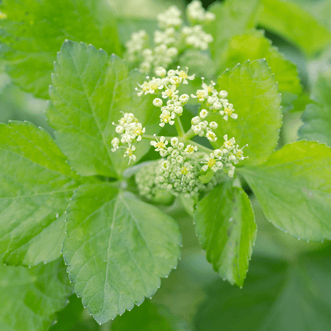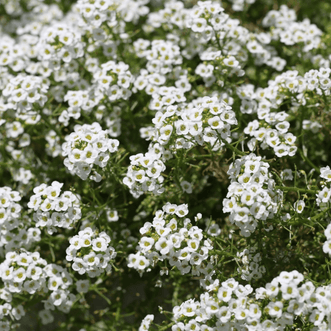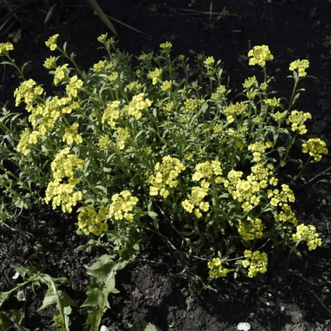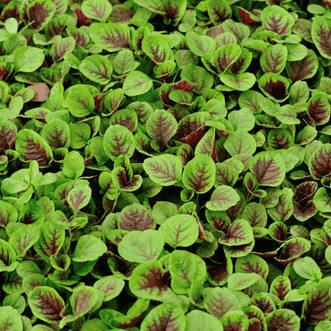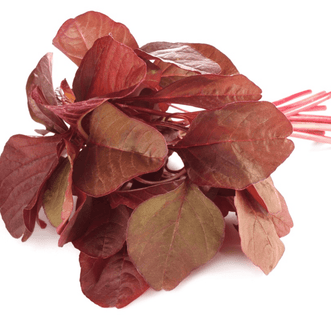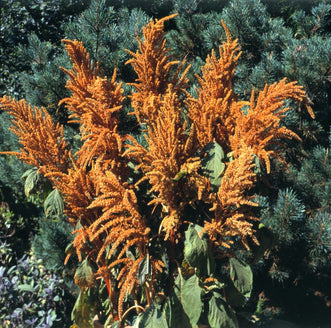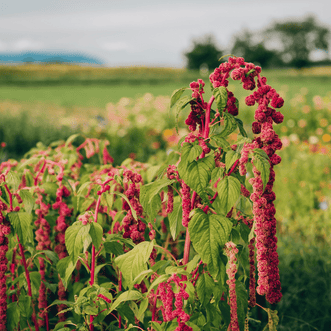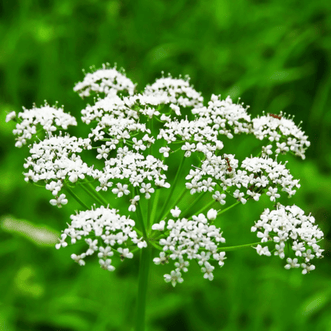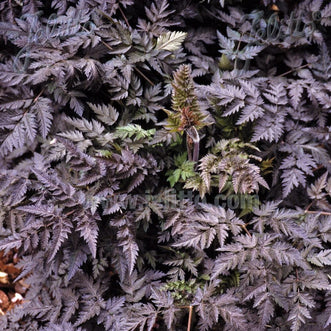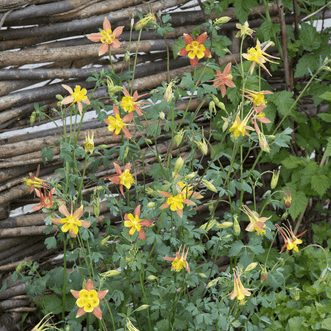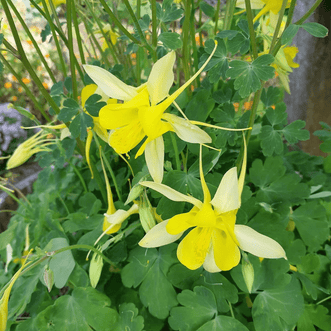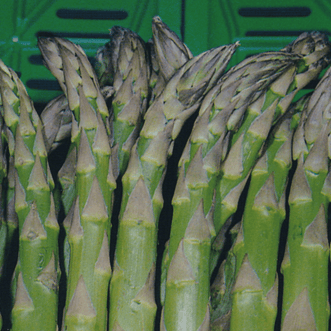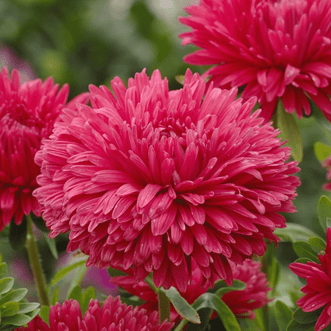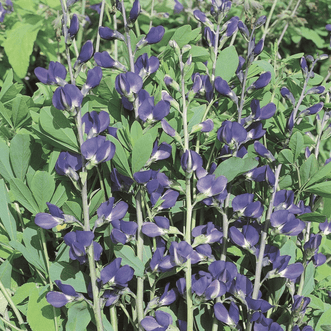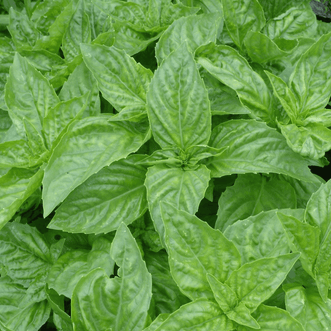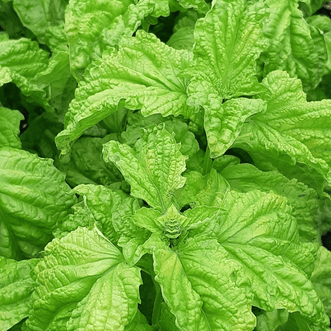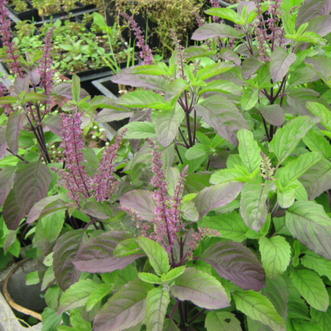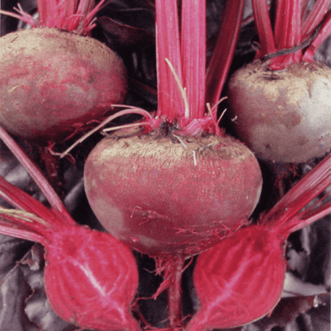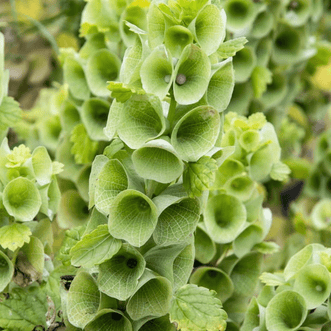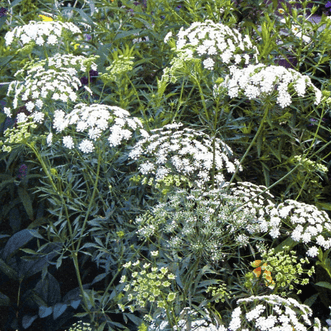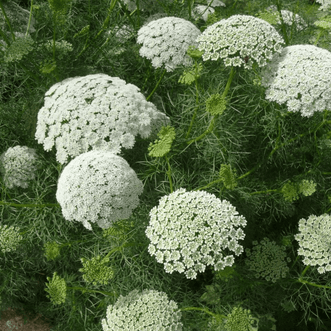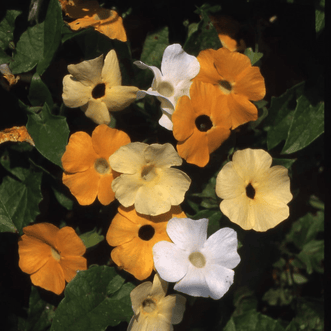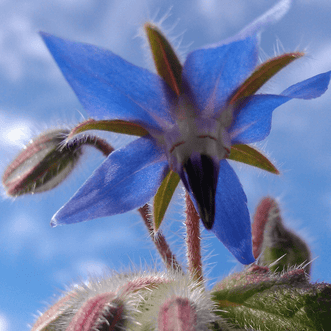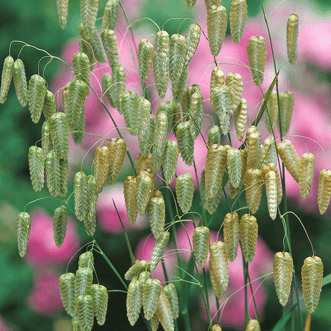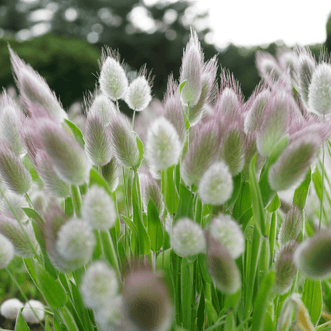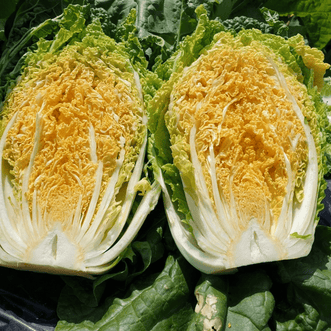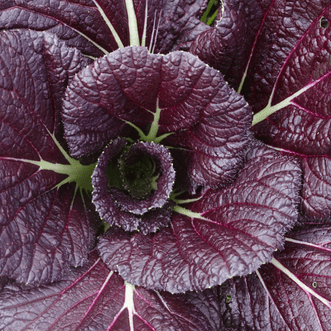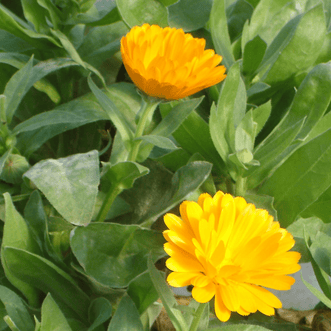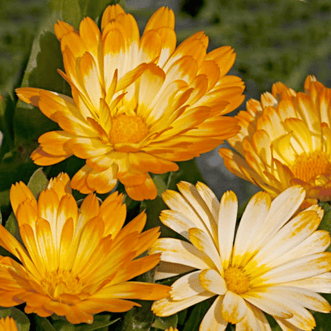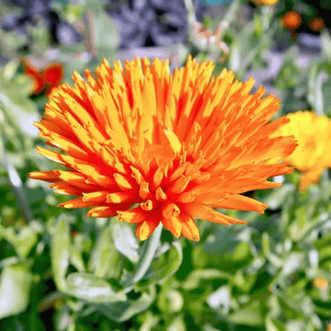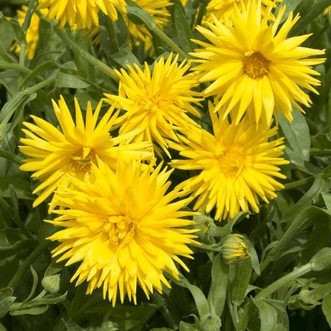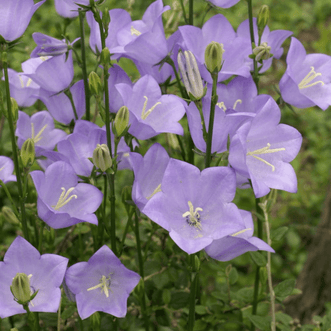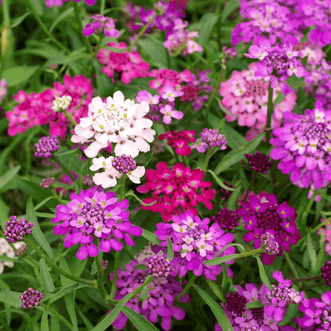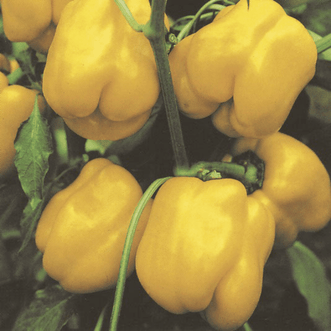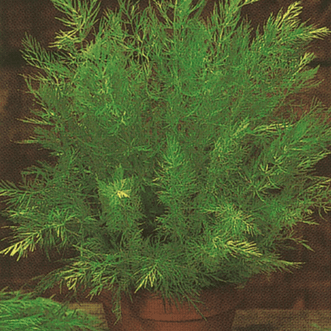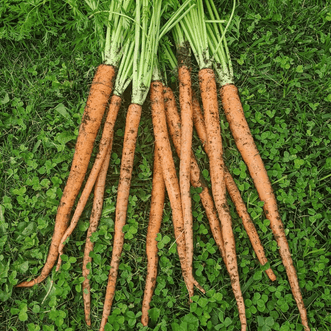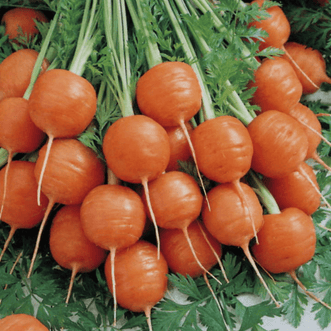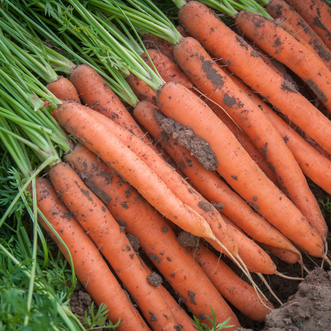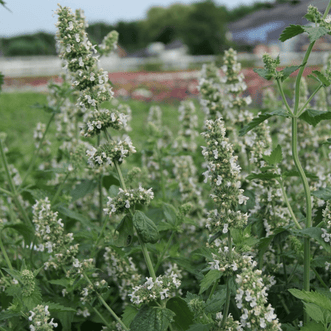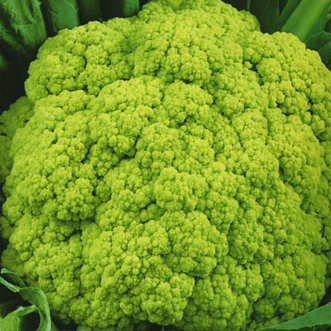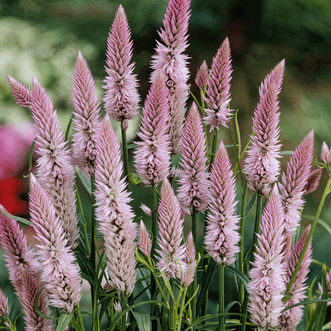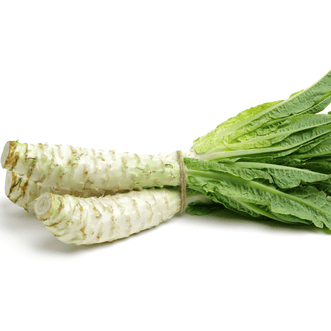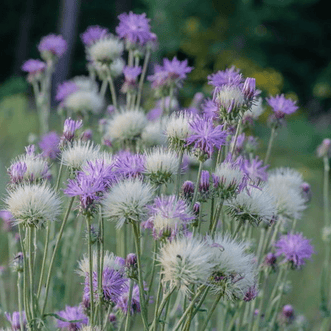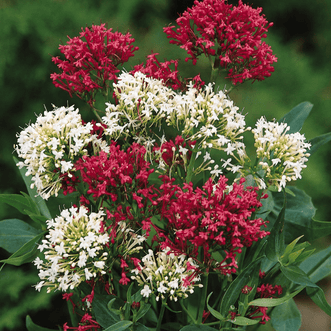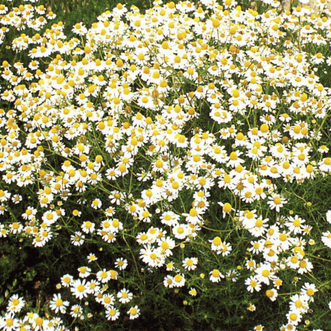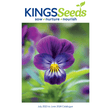Kings Seeds Stevia Plant
Gerard
Stevia - the sugar herb....
Stevia is native to parts of Brazil and Paraguay where it thrives in a humid environment with free draining soil. It has been cultivated by the Guarani people for over 1500 years to sweeten their teas and bitter medicines and was given the name to honour early Spanish botanist and physician, Petrus Jaime Esteve (1500-1556).
It wasn’t extensively researched to analyse its properties until the 20th century and was only deemed safe as a food product by the World Health Organisation in 2006.
Since then it’s been widely used as a non-caloric sweetener replacing Saccharin in everything from Coca Cola to weight loss foods and as a sweetening option for diabetics.

Growing Stevia from cuttings
Stevia is really easy to propagate from cuttings.
From a cutting, even without the benefit of rooting hormone, it strikes relatively quickly as long as it’s kept evenly warm and moist for the first week to 10 days.
You’ll even see the first sign of roots developing on a sprig of Stevia sitting in a glass of water after a few days.

Growing Stevia from seed
It's a bit harder from seed....
From seed, it can be a bit trickier. Following the general rule of thumb, not covering the seed any more than twice its diameter and with Stevia seed, having a very fine needle shape, it's best to just press the seed into the surface of your seed raising mix rather than covering it.
Keep the humidity (moisture) up on the surface by encasing the tray or pot with a clear plastic bag or cling wrap.
Germination is quite quick with a very tiny shoot emerging from one end of the needle seed that will head downwards to anchor itself before any leafy growth heads upwards.
Take great care at this stage as it’s at its most vulnerable until the seedling gains a bit of size and strength with first roots and leaves.
Coming from a temperate sub-tropical climate, Stevia grows vigorously during the warmer months going to seed in late summer and dying back to its base over the winter. In cooler and inland areas of New Zealand, it’s likely to resent constant frosts so might survive longer than its Tender Perennial tag suggest by growing it in a large pot and moving it into a warmer position until spring gets underway again. Aphids are the only main insect pest for Stevia but are easily controlled if they get up in numbers.
Using Stevia
Sweeten your tea or coffee with stevia leaves either fresh or dried. Experiment with a little bit at first so you don’t over-sweeten it.
Add a leaf to your smoothie to lessen the bitterness that some vegetables have.
Dry your excess Stevia leaves, grind them into powder and they store for ages in a sealed jar or tin. Ideal for cooking and baking. 2 to 3 teaspoons Stevia Powder = 1 cup sugar.
Try this Apple Cake recipe
from Jane Wrigglesworth:
2 medium cooking apples (Granny Smith is good)
100g butter melted
1 large egg
1 1/4 cups all-purpose flour
1 tsp raw green stevia powder
1 tsp cinnamon
1 tsp mixed spice
1 tsp baking soda
Method:
Preheat the oven to 180 degrees C and grease a 20cm (8 inch) baking tin.
Quarter apples (unpeeled), place in a food processor and whizz until apples are lightly chopped.
Add the melted butter and egg and process until mixed.
Add the remaining ingredients and process until everything is mixed through - don't over do it.
Pour the batter into a prepared baking tin and bake for 45 minutes, or until a skewer inserted into the middle of the cake comes out clean. Leave 5 minutes before turning out onto a cooling rack.


